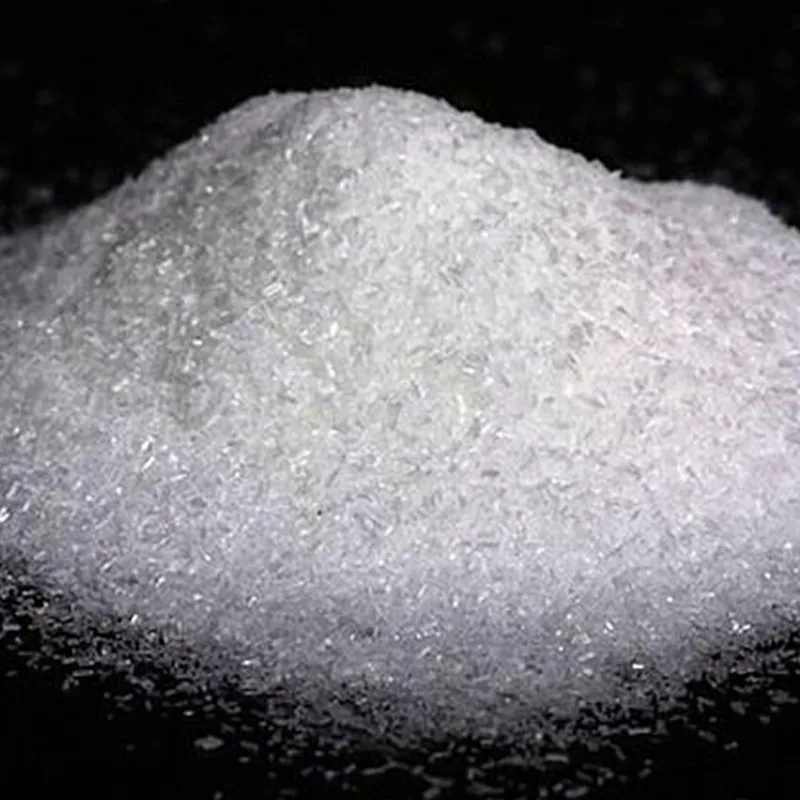
Understanding the Role of Thickeners in Food and Beverage Applications
The Role of Thickeners in Food and Industrial Applications
Thickeners are substances that increase the viscosity of a liquid without significantly altering its other properties. They play a crucial role in various food and industrial applications, providing texture, stability, and an appealing mouthfeel to products. This article explores the significance of thickeners, their various types, and their applications across different industries.
Importance of Thickeners
In the food industry, thickeners are essential for achieving desired textures in a wide variety of products. For example, in sauces, gravies, and soups, thickeners help create a smooth and creamy consistency that enhances the overall eating experience. They can also stabilize emulsions, like salad dressings, preventing the separation of oil and vinegar. Moreover, in desserts such as puddings and ice creams, thickeners contribute to a rich and indulgent mouthfeel.
Apart from food applications, thickeners are used in many industrial formulations, including paints, cosmetics, and pharmaceuticals. In paints and coatings, thickeners ensure that the product adheres evenly to surfaces, provides optimal coverage, and improves the viscosity for better application. In the cosmetic industry, thickeners are used to improve the texture of creams and lotions, making them easier to apply and enhancing their aesthetic appeal. In pharmaceuticals, thickeners are often employed to modify the viscosity of liquid medications, making them easier to swallow or more effective in delivery.
Types of Thickeners
Thickeners can be classified into several categories based on their origin and composition
1. Natural Thickeners These are derived from plants and animals. Common examples include starches (corn, tapioca, potato), gums (guar gum, xanthan gum, locust bean gum), and pectin. Natural thickeners are often favored for their clean labels and minimal processing.
thickeners 1442

2. Modified Starches These are derived from natural starches but have been chemically altered to enhance their thickening properties. Modified starches provide greater stability and improved texture in a variety of applications, making them popular in processed foods.
3. Synthetic Thickeners These are man-made substances used to thicken products. Examples include carboxymethyl cellulose (CMC) and polyacrylic acid. Synthetic thickeners offer precise control over viscosity and are commonly used in industrial applications.
4. Psyllium and Guar Gum These are dietary fibers that also serve as thickeners. Besides their thickening properties, they provide health benefits such as improving digestion and promoting a feeling of fullness.
Applications in Controlled Environments
One of the unique applications of thickeners is in controlled environments, such as homes for elderly individuals or those with swallowing difficulties (dysphagia). Here, thickeners are used to modify the consistency of liquids, making them easier and safer to swallow. The use of thickeners in these scenarios can prevent choking and enhance the quality of life for those affected.
Conclusion
In summary, thickeners are a vital component in both food and industrial applications. Their ability to modify viscosity without altering taste or appearance allows them to enhance products across a wide spectrum of industries. With the growing demand for clean-label products and natural ingredients, the formulation of thickeners has also evolved. Manufacturers continue to innovate, developing new, more effective thickeners that meet consumer preferences and regulatory standards. As our understanding of food science and material properties grows, thickeners will undoubtedly play an even more prominent role in shaping the future of product development. Whether enriching the flavor of our favorite sauces or ensuring the efficient application of paint, thickeners are indispensable allies in creating products that satisfy both functionality and sensory appeal.
-
Pure Sodium Dichloroisocyanurate Dihydrate | Powerful DisinfectantNewsAug.29,2025
-
Industrial Chemicals: Quality & Purity for Every IndustryNewsAug.28,2025
-
Nitrile Rubber Honoring Strict Production StandardsNewsAug.22,2025
-
Aspartame Ingredients Honoring Food Safety ValuesNewsAug.22,2025
-
Fertilizer for Balanced Plant NutritionNewsAug.22,2025
-
Cyanide Gold Processing with High Purity AdditivesNewsAug.22,2025
-
Formic Acid in Textile Dyeing ApplicationsNewsAug.22,2025
Hebei Tenger Chemical Technology Co., Ltd. focuses on the chemical industry and is committed to the export service of chemical raw materials.
-

view more DiethanolisopropanolamineIn the ever-growing field of chemical solutions, diethanolisopropanolamine (DEIPA) stands out as a versatile and important compound. Due to its unique chemical structure and properties, DEIPA is of interest to various industries including construction, personal care, and agriculture. -

view more TriisopropanolamineTriisopropanolamine (TIPA) alkanol amine substance, is a kind of alcohol amine compound with amino and alcohol hydroxyl, and because of its molecules contains both amino and hydroxyl. -

view more Tetramethyl Thiuram DisulfideTetramethyl thiuram disulfide, also known as TMTD, is a white to light-yellow powder with a distinct sulfur-like odor. It is soluble in organic solvents such as benzene, acetone, and ethyl acetate, making it highly versatile for use in different formulations. TMTD is known for its excellent vulcanization acceleration properties, which makes it a key ingredient in the production of rubber products. Additionally, it acts as an effective fungicide and bactericide, making it valuable in agricultural applications. Its high purity and stability ensure consistent performance, making it a preferred choice for manufacturers across various industries.





